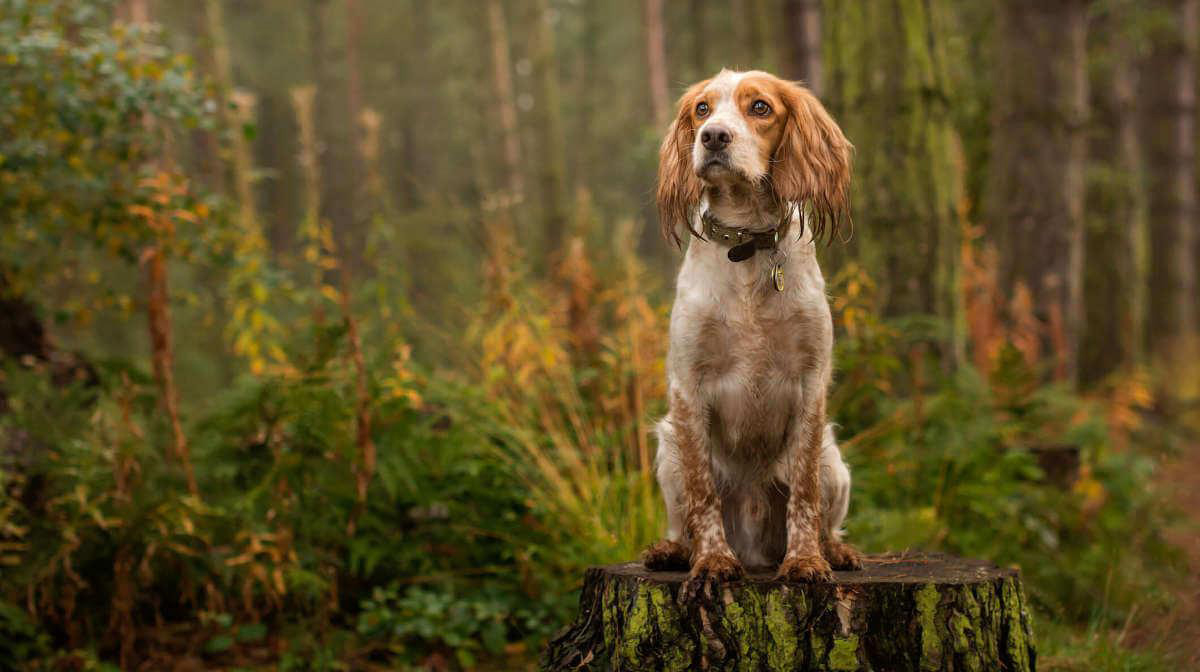
Dogs certainly make fun pets and offer us plenty of love, amusement, affection and companionship. However, being a dog owner comes with a high level of responsibility when it comes to their health and wellbeing. A huge part of looking after our dogs is ensuring they get regular exercise, to keep their bones and joints in good condition and their minds occupied. So, how often should we walk our canine pals? In light of May being this year’s National Walking Month, James Wellbeloved investigates dog walking…
IMPORTANCE OF DOG WALKING
If you own a dog, it’s important to walk them regularly. Walking keeps dogs’ digestive systems, joints and cardiovascular systems healthy, as well as providing mental stimulation in the form of sights, sounds and smells. Walking also helps keep dogs out of mischief. Dogs who aren’t walked regularly or at all may demonstrate destructive behaviours in the home. Dog walking is also a great opportunity for your dog to socialise with other dogs. Socialising your dog from an early age will enable them to be comfortable around other dogs, which is particularly useful for nervous dogs. By meeting up with friends or walking groups, dog walking can also be a great social activity for us too!
HOW OFTEN SHOULD I WALK MY DOG?
The frequency of dog walks will depend on several factors, including the breed and age of your dog, as well as their overall condition. For most breeds, two good walks of at least 30 minutes each, or one hour-long walk per day will be sufficient. However, larger or more active breeds may require longer, more intensive walks to keep them fit and healthy. Similarly, smaller breeds may require less activity, or cope better with several shorter walks rather than one longer walk. With regards to age, adult dogs usually require more exercise than puppies and older dogs. If you are unsure how much physical activity your dog requires, ask a vet for advice.
DOG HEALTH AND WALKING
Occasionally dogs may be prevented from walking long distances if they have certain health conditions. For example, some dogs, in particular older dogs, may suffer from joint conditions such as arthritis which can make walking painful. If your dog is overweight, they may also find it harder to go on long walks. If your dog has a health condition, always ask a vet to advise how much exercise they should be getting. Dog owners should also be aware of potential signs of fatigue to look out for on a walk. If your dog starts panting, slows down or is reluctant to walk altogether, they have probably had enough exercise. When you get home, let them rest and provide fresh drinking water so they can rehydrate.
DOG WALKING TIPS
Before you start walking your dog, it’s important to get some basic obedience training under your belt first to keep both you and your pet safe. Get your dog used to being on a lead and make sure they understand basic commands such as ‘sit’ and ‘stay’, and to come back to you when called. If you’re a first-time dog walker, or are after some dog walking advice, check out this handy guide. To keep walks interesting, you could take some toys along with you, such as toys to play fetch with to maximise on your dog’s enjoyment and exercise. Alternatively, vary your route to keep walks fresh and interesting for your dog. Always let your dog explore and sniff at their leisure, as this is important for their health and wellbeing.









